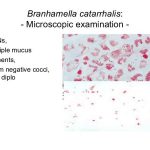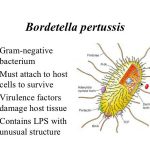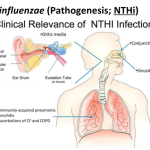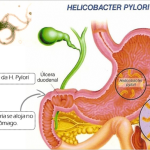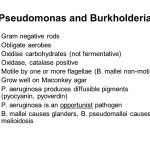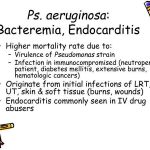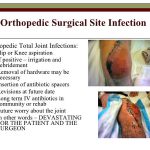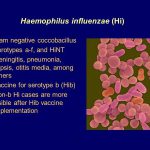
Before 1990, strains of Haemophilus influenzae type b were found in the upper respiratory tract of 3-5% of children and a small percentage of adults. Colonization rates with type-b strains are even lower now, reflecting routine immunization of infants against H influenzae type b. Non-type-b encapsulated H influenzae are present in the nasopharynx of < 2% of individuals, whereas nonencapsulated (nontypable [see below]) strains colonize the respiratory tract of 40-80% of children and adults.

